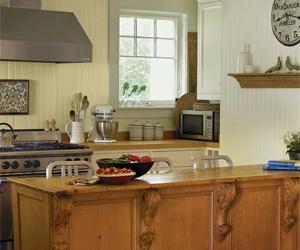 In today’s society, people throw around the word, “green” more than I can count on my hand. Green can mean many things like building green homes, driving green cars, using green appliances and eating green food. Although many can argue that green is overused, what if green meant more than saving the environment? What if I told you it could actually increase your work productivity, reduce your stress and lessen the number of migraines you may get.
In today’s society, people throw around the word, “green” more than I can count on my hand. Green can mean many things like building green homes, driving green cars, using green appliances and eating green food. Although many can argue that green is overused, what if green meant more than saving the environment? What if I told you it could actually increase your work productivity, reduce your stress and lessen the number of migraines you may get.
A professor of architecture and landscape architecture at Texas A&M University, Roger Ulrich, PhD., conducted a study that shows that following surgery, patients recover faster and require less pain medication if they are able to view tress, as opposed to a curtain or a brick wall outside their window.
This concept of the inclusion of nature within architecture is not unheard of. It is known as Biophilic Design, and it makes sense. We come from natural environments, and we should never leave these environments. Although not all environments allow for a large window or a tree, the concept of Biophilic Design is not restricted to sunlight. Consider an office in the center of a tight building with no windows, fluorescent lighting and drab walls. It’s time to get rid of those headaches and improve your mood and your health by bringing nature into the office space by adding a color such as PPG Porter Paint’s “Olive Sprig 410-4.” Don’t forget to use furniture with true wood grains showing through. Also, add a house plant or pictures of natural settings to calm your nerves. You’ll be amazed how little natural fixtures can make you feel more comfortable.
Visit the PPG Porter Paints website for more design and home ideas. Also, visit our website for all the trends and latest Carolina real estate news.




